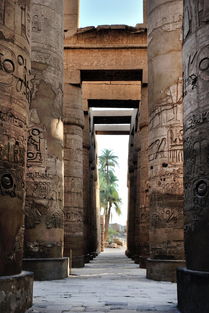Title: Unveiling the Timeless Charm of Chinese Famous Architecture: A Journey Through Ancient Wisdom and Modern Innovation
In the vast tapestry of human history, architecture stands as a testament to cultural heritage and innovation. China, a nation with五千年的 civilization, has an illustrious legacy that is not only visually stunning but also deeply rooted in philosophy and symbolism. As a dedicated building designer, I am thrilled to delve into the world of Chinese famous architecture, revealing its essence and significance in English.
China's architectural landscape is a symphony of diverse styles, each reflecting a different era and its societal values. The Great Wall, a UNESCO World Heritage site, embodies the ancient prowess and resilience of the Chinese people. Its grandeur and strategic planning, a testament to the genius of its constructors, is a beacon of military engineering that transcends time. The Forbidden City, a palace complex in Beijing, showcases the opulence and grandeur of the imperial era, with its intricate design principles and rich symbolism.
The Temple of Heaven, a sacred site in Beijing, exemplifies the harmony between man and nature, as it represents the annual cycle of the sun. Its circular layout and vibrant colors symbolize the cyclical life and the emperor's connection to the divine. The classical gardens, like Suzhou's Lingering Garden, offer a serene retreat from the urban chaos, blending山水, architecture, and art in perfect harmony.
Modern China has also embraced architecture that reflects its dynamic transformation. The Bird's Nest (Olympic Stadium) in Beijing, designed for the 2008 Olympics, is a bold fusion of steel and concrete, embodying the nation's dynamism and global aspirations. Its iconic shape echoes the traditional Chinese pagoda, while the use of natural light celebrates sustainability.
The Shanghai Tower, the tallest building in the world at the time of its completion, represents China's economic rise and technological advancement. Its sleek design and vertical cityscape symbolizes the country's commitment to urbanization and modernity.
In conclusion, Chinese famous architecture is a living testament to the constant evolution of a civilization. It is a story of tradition and innovation, where every brick, every curve, and every color tell a tale of cultural pride and human ingenuity. As an architect, it is my privilege to contribute to this narrative, preserving and adapting these architectural wonders for future generations to appreciate and learn from.
Through English, I aim to bridge the gap between the East and West, allowing the world to understand and cherish the beauty and wisdom embedded in these structures. They serve not just as physical structures but as cultural ambassadors, echoing the rich tapestry of China's past, present, and future.











